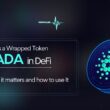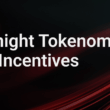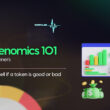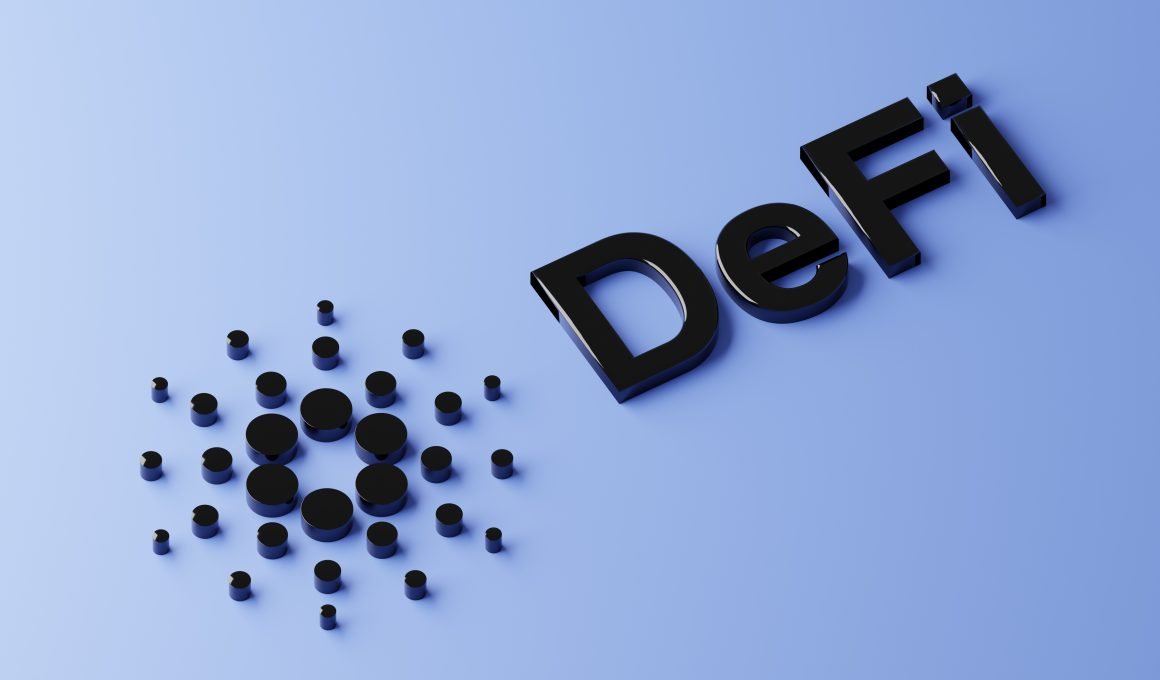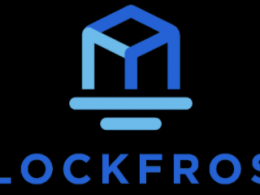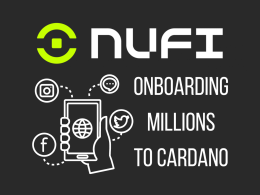The Cardano DeFi ecosystem is made up of projects that use the blockchain technology to improve finance and banking, including decentralized bank accounts, money transfer and financial apps for consumers and companies. One of the most successful alliances in the blockchain DeFi sector is the Cardano DeFi Alliance (CDA), a consortium of projects with the primary mission of standardizing Plutus and Cardano best practices within the DeFi ecosystem. CDA aims to drive composability across Cardano DeFi protocols. Through this ecosystem, the Cardano blockchain has set itself and its users apart, providing all tools and knowledge necessary to develop and upgrade DeFi protocols.
The Cardano DeFi Ecosystem
The DeFi sector has blossomed in the last two years, emerging as the most active sector in the blockchain space, with a wide range of use cases for individuals, developers, and institutions. Naturally, many blockchains have created spaces for these platforms to thrive since they have formed such a dimensional shift from traditional centralized financial systems to peer-to-peer finance that is enabled by decentralized technologies.
Cardano DeFi ecosystem has mostly been influenced by CDA which offers a framework to Plutus protocol development teams. Plutus is the smart contract platform of the Cardano blockchain that allows one to write applications that interact with the Cardano blockchain. Its growth has been gradual, with a set of goals that have fuelled the ecosystem as well as attracted investors and partners. The CDA was founded by a group of DeFi developers, infrastructure providers, and Plutus software development organizations with an aim to communicate, educate and innovate.
There has been competition in the DeFi space owing to the growth it has experienced in such a short period. According to DeFiPulse, there is currently $68.69 billion locked in DeFi. The top DeFi protocols are Maker, Curve Finance, Convex, Aave and Compound, four of which are in the Ethereum blockchain. Out of the top 100 DeFi protocols, none belongs to Cardano. Other competitors are Polygon and Multichain.
Leading DeFi Players in Cardano
The DeFi space is one of the most active on Cardano, with more than 50 projects. Some of the notable names in this space are:
AdaSwap
AdaSwap is an Automated Market Maker (AMM) platform that provides decentralised and non-custodial market-making for liquidity providers. AdaSwap’s algorithmic protocol compiles a comprehensive logic derived on built-in liquidity provision, DAO, and NFT marketplace smart-contract characteristics.
AdaSwap is striving to be the first DEX on Cardano, with the main goal of developing tools for creators and users, as well as bringing high-yield staking pools and NFT content through its launchpads and marketplaces.
AdaSwap’s native NFT marketplace is one of the key unique features about the project. Additionally, it has fixed, long-term, high yield liquidity pools called Stake and Forget (S&F) meant to enable non-active traders to make money by funding emerging Cardano projects. Those who stake on the S&F liquidity pools get regular POI plus bonus rewards for stakers to provide capita; to projects listed on the AdaSwap Launchpad.
The project’s native utility token, ASW, fuels all the functions in the Cradano ecosystem. ASW holders save on transaction fees as AdaSwap offers free services to their token holders. This is referred to as Free Financial Model (FMM) will not be charged any fees including transaction and participation fees. ASW token holders will be rewarded with occasional airdrops too.
Cardax
Cardax is a decentralized exchange that will be powered by the Extended Automated Market Maker (EAMM) protocol. It aims to provide liquidity to projects that issue native tokens on Cardano. Cardax seeks to close a gap which has been presented by the Mart hard fork on Cardano’s main net and the rollout of the Goguen era.
The hardfork brought native tokens and multi-asset support to Cardano, causing a need to develop a native exchange while the Gougen era allowed smart contracts on Cardano, which have enabled the development of dapps on Cardano.
Cardax allows anyone to swap any native token for ADA or other tokens in a decentralised way. The platform being noncustodial allows users to always be in control of their funds. Users can trade and transfer their tokens to a different address in a single transaction as well as buy tokens from the Yoroi wallet.
Cardax has a total supply of 1 billion tokens. The team percentage is 20%, advisors 5%, and the team had agreed upon vesting of the CDX tokens for 2 years. The total amount of CDX tokens vested will be 250 million.
Liqwid
Liqwid is an interest rate curve DeFi liquidity protocol for the Cardano ecosystem. It establishes a decentralized marketplace for lenders and borrowers to seamlessly interact via supplying funds, minting interest-bearing qTokens, borrowing assets and participating in governance.
Liqwid is built on the Cardano UTXO model for deterministic, secure, and low-cost transactions. It enables any liquid provider or user to access interest and liquidity on-demand and for developers to unlock a web3-verse of open financial applications.
Liqwid users; lenders, borrowers, developers, SPOs, and LiqwiDAO members are incentivized via the Liqwid governance token ($LQ) representing voting rights and ownership of protocol’s suture revenues.
Liqwid uses a two-phased liquidity mining program with different contract parameters. These are user distribution and yield farming. User distribution is designed to distribute LQ governance tokens to users based on their usage of the protocol. The yield farming staking contract dubbed hydroponica holds 10% of total supply distributed to community members who stake their qtokens.
Liqwid has allocated 70% of total LQ token supply for community distribution to protocol suppliers and borrowers, which lasts 3 years with yearly a halving schedule. Yield Farming enables Liqwid to bootstrap community through incentives created by distributing $LQ.
Ardana
Ardana is a DeFi hub built on the Cardano blockchain to provide users with tried and tested DeFi primitives that will catalyse and sustain its financial ecosystem. Ardana consists of six interconnected key components: a multitude of stablecoins backed by on-chain collateral, the Vaults component, the Oracle, Danaswap, the governance protocol that is powered by the exDANA tokens, and the AREM module.
The total supply of Ardana tokens is 125,000,000, with 15% allocated for founders, team and advisors, 40% to liquidity mining rewards and 11.55 to ecosystem development and treasury.
Ardana’s ambition is to facilitate foreign exchange on the Cardano blockchain. The platform is building a combination of DEX, lending and issued dUSD, which is a strategic move to create a DeFi ecosysytem enabling capital efficiency, a core feature of DeFi 2.0. any project able to realize this feature will have a sharp competitive advantage.
Looking Forward
The formation of the Cardano DeFi Alliance (CDA) has allowed Cardano DeFi protocols to have similar goals as well as directives to follow. This will be highly beneficial in shaping the DeFi ecosystem and pushing for more platforms to take the lead in the space. Cardano has been a late comer in this space, as it did not have smart contracts on which dapps could be formed. Therefore, the high disparity between the platform and its competitors can be understood, but the platform has time to catch up to competition. The Cardano DeFi ecosystem can only go up from here, owing to the many DeFi protocols in the pipeline.


